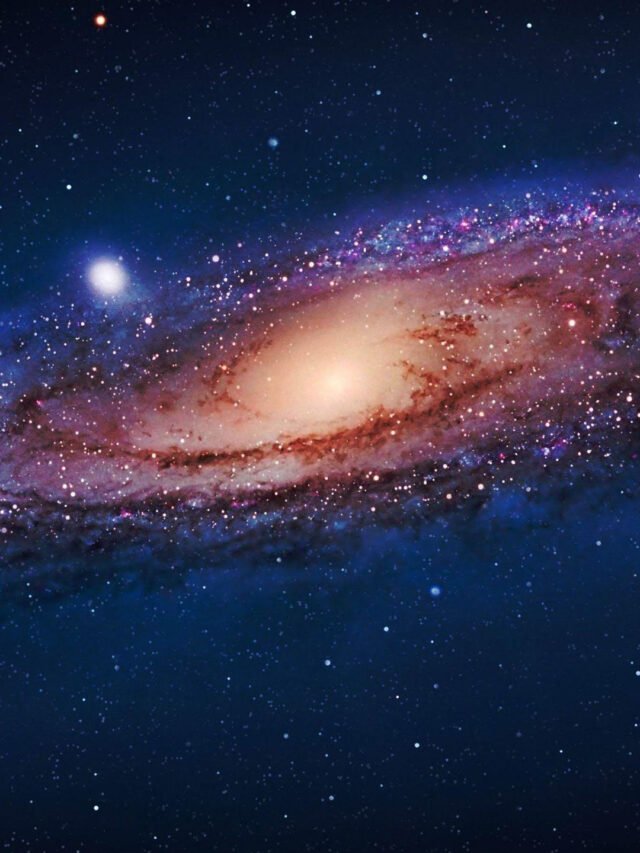
A newly spotted crater-like hole on Mars, about 150 feet across, has captured the interest of scientists due to its potential to harbor ancient alien life. Situated on the edge of an ancient volcano, this pit could protect lifeforms from the harsh Martian environment, shielding them from the planet’s radiation and extreme conditions. Researchers believe the hole might be an entrance to a lava tube formed during a volcanic eruption, providing a potential shelter for future astronauts.
Uncovering the Martian Hole
Captured by the HiRISE camera in 2022 and re-posted by the University of Arizona, this intriguing feature has reignited discussions about its origins and implications for future Mars missions. Scientists theorize that these holes, known as “skylights,” are created when the ground above a lava tube collapses, leaving an open pit. Lava tubes, which form as lava flows downhill and its surface cools and hardens, can create vast underground passageways.
Significance for Future Exploration
Geophysicist Brandon Johnson from Purdue University emphasized the importance of these pits as potential safe havens for astronauts, protecting them from Mars’s dangerous radiation levels. Unlike Earth, Mars lacks a global magnetic field and a thick atmosphere, exposing its surface to harmful cosmic rays. Lava tubes, potentially large enough to accommodate humans, could provide the necessary protection for long-term habitation.
Scientific Interest and Exploration
Ross Beyer, a planetary scientist with the SETI Institute, noted the variability of these pits, which could lead to extensive caves or be isolated voids. The true nature of these formations remains unknown until further exploration is conducted. Scientists propose sending robotic missions to explore these skylights in greater detail, although no such mission is currently planned.
Conclusion
While the pits on Mars don’t guarantee the presence of life, they represent a promising location for future exploration. As scientists continue to investigate, these formations could offer valuable insights into the Red Planet’s geological history and potential for supporting life.








































Leave a Reply